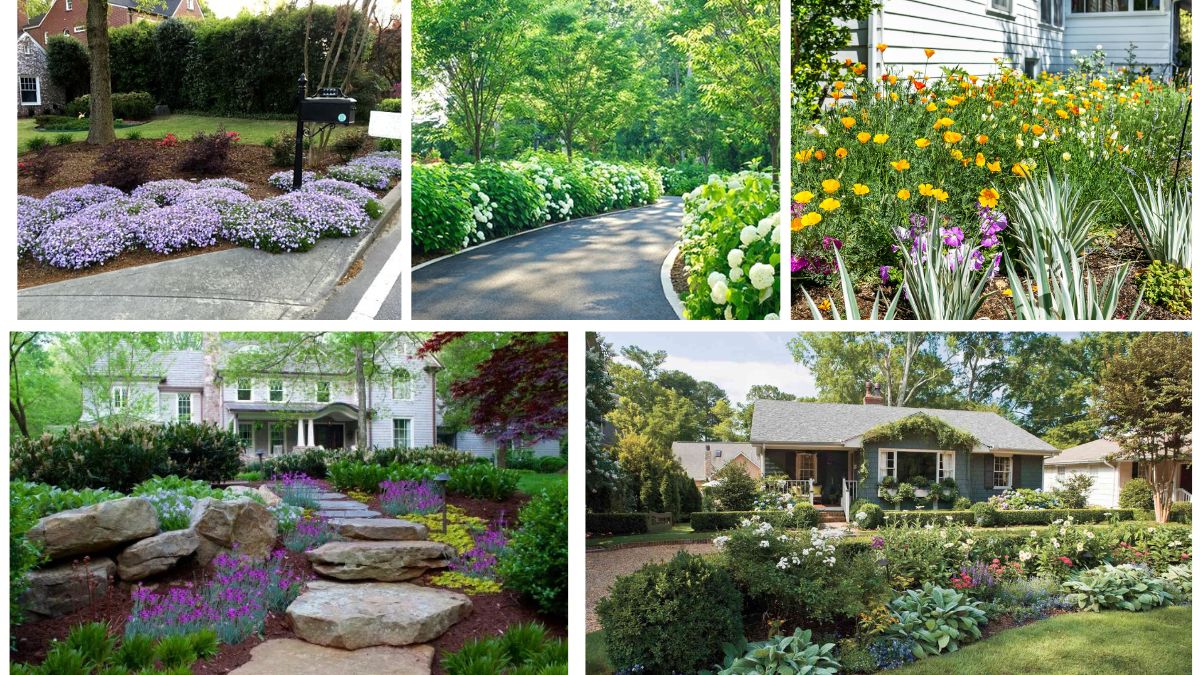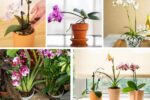A driveway is often the first thing people notice when approaching a home, yet it’s one of the most overlooked areas in landscaping. Many homeowners focus on their backyard gardens or front lawns but forget that the driveway can serve as a grand entrance to the home. With a well-planned flower bed, your driveway can transform from a plain functional path into a vibrant and inviting space that adds curb appeal and personality to your property.
In this article, we’ll explore five unique driveway flower bed ideas that can instantly elevate your garden’s entrance. Each idea combines creativity, aesthetics, and functionality, ensuring your driveway looks stunning year-round.
1. Symmetrical Flower Bed Borders for a Grand Entrance
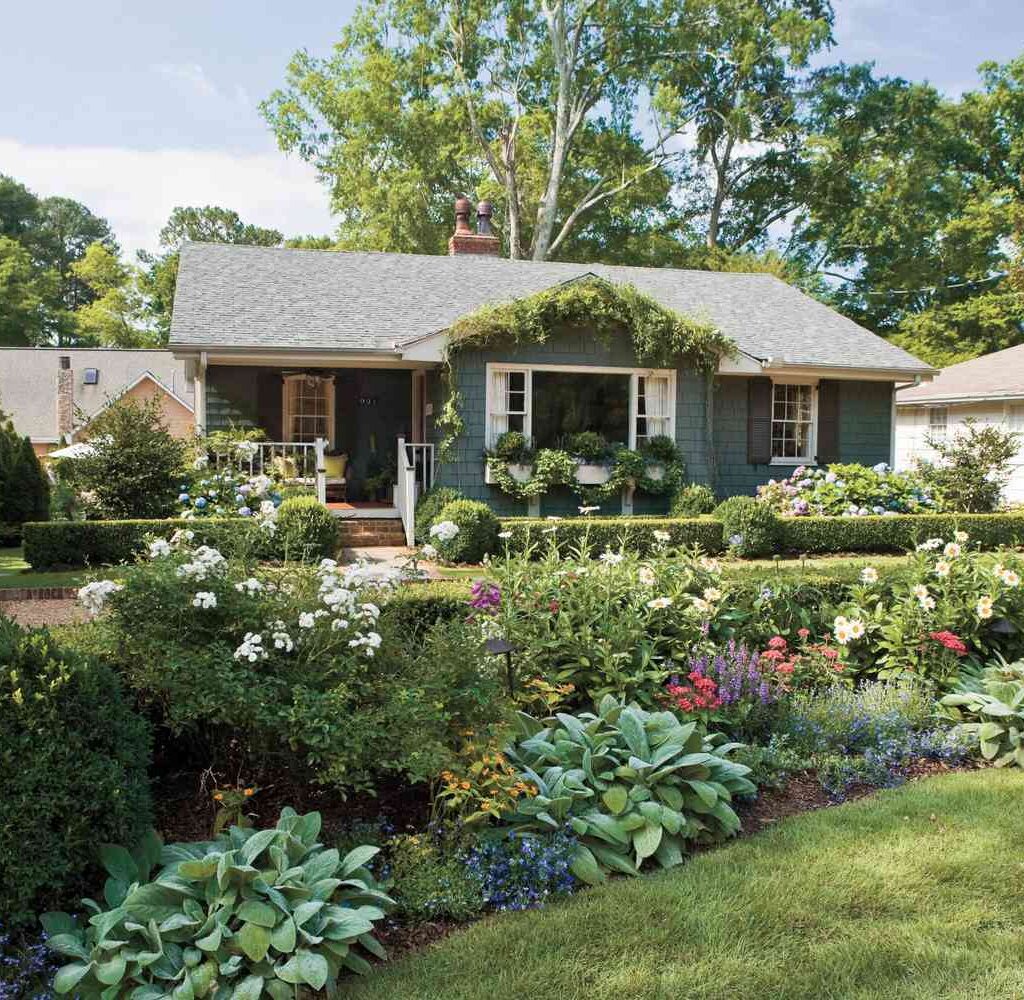
One of the most classic yet impactful ways to design driveway flower beds is to create symmetrical borders along both sides of the driveway. This approach emphasizes balance, structure, and elegance, guiding the eyes naturally toward the entrance of your home.
To achieve this look:
- Choose a combination of perennials and evergreens that maintain their form throughout the year. For example, boxwood shrubs or lavender bushes make excellent low-maintenance choices.
- Add seasonal color pops with annuals like petunias, pansies, or marigolds to keep the look fresh and inviting.
- Incorporate taller accent plants such as ornamental grasses or dwarf trees at intervals along the border to break up the monotony.
This type of driveway flower bed creates a formal, grand appearance—perfect for homeowners who want a refined and welcoming entrance. With symmetry, even simple plants can make a bold statement.
2. Curved Island Flower Beds for a Dynamic Look
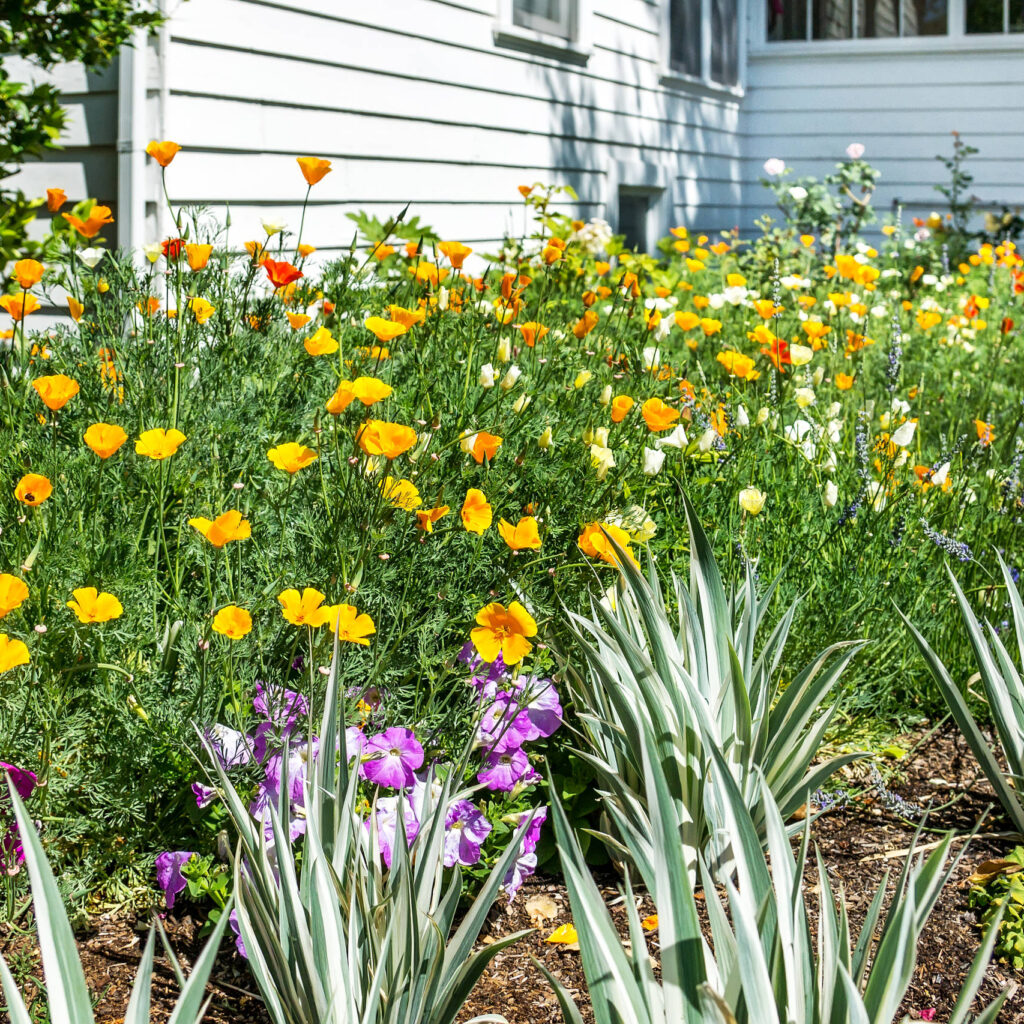
If you want your driveway to stand out, consider designing curved island flower beds either at the beginning, middle, or turning points of the driveway. These beds create visual interest by breaking up long stretches of pavement and adding organic shapes to contrast the hard lines of the driveway.
How to make it work:
- Shape the island beds into curves or flowing forms to mimic natural landscapes. This avoids sharp corners and creates a softer, more inviting look.
- Plant focal-point trees or shrubs in the center, such as Japanese maple, dogwood, or dwarf magnolia, and surround them with layers of smaller plants and seasonal flowers.
- Use groundcovers like creeping thyme or sedum at the edges for a low-maintenance finishing touch.
Island beds are not only decorative but also functional, as they can help guide traffic flow, making them an excellent choice for larger driveways or circular layouts.
3. Rustic Stone-Edged Driveway Beds
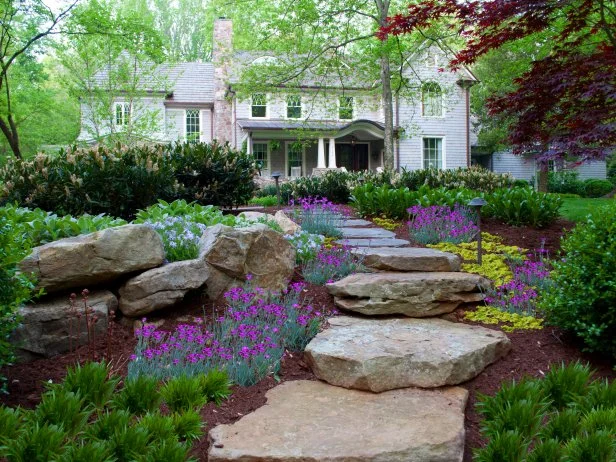
For homeowners who prefer a natural, timeless look, rustic stone-edged flower beds along the driveway can create a stunning effect. Stones or bricks can be used to edge the beds, helping to separate plants from the pavement while adding a sense of permanence and charm.
Design elements to consider:
- Use locally sourced natural stones or reclaimed bricks to create an eco-friendly and rustic aesthetic.
- Plant a mix of wildflowers, hardy perennials, and herbs like echinacea, black-eyed susans, rosemary, or sage for a countryside vibe.
- Incorporate climbing vines or cascading flowers like nasturtiums, creeping phlox, or trailing petunias to soften the edges of the stonework.
Stone-edged beds not only enhance beauty but also add structure, keeping soil and mulch from spilling onto the driveway. This idea is especially fitting for cottages, farmhouse-style homes, or nature-inspired landscapes.
4. Modern Minimalist Driveway Beds with Geometric Designs
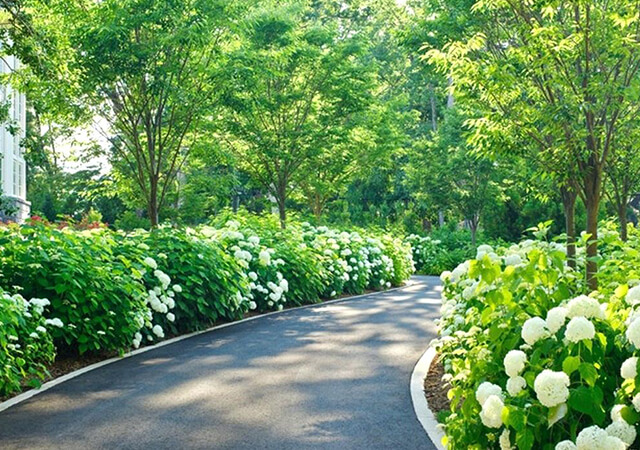
If your home has a contemporary architectural style, a modern minimalist driveway flower bed might be the perfect complement. These designs emphasize clean lines, simple plant choices, and structured layouts, giving your entrance a polished and sophisticated look.
Tips for execution:
- Stick to a limited color palette—for instance, whites and greens with occasional splashes of purple or red.
- Use architectural plants such as agave, yucca, ornamental grasses, or dwarf bamboo to add texture without clutter.
- Create geometric planting beds using rectangular or square shapes edged with concrete, steel, or smooth stone for a modern finish.
Minimalist beds often require fewer plant varieties but demand careful placement. This design is excellent for homeowners who prefer low-maintenance landscaping that makes a statement with simplicity rather than abundance.
5. Pollinator-Friendly Driveway Flower Beds

For garden lovers who want beauty with purpose, creating a pollinator-friendly driveway flower bed can attract bees, butterflies, and hummingbirds while adding vibrant colors to your home’s entrance. This idea not only boosts curb appeal but also supports local ecosystems.
How to design one:
- Plant nectar-rich flowers such as coneflowers, sunflowers, bee balm, and salvias to draw in pollinators.
- Incorporate native plants that are well-suited to your climate, as they require less water and care while providing essential habitats.
- Add layered heights, with tall plants like hollyhocks at the back, medium-height plants like daisies in the middle, and ground covers such as creeping thyme at the edges.
- Avoid pesticides and choose organic soil and fertilizers to protect pollinators.
This type of driveway flower bed is both eco-conscious and stunning, creating a lively and buzzing atmosphere at your home’s entrance.
Bonus Tips for Driveway Flower Bed Success
Regardless of which design idea you choose, a few universal tips will help you get the best results from your driveway flower beds:
- Consider sunlight exposure – Driveways often receive direct sunlight for most of the day. Select plants that can thrive in full sun, or design shaded areas with trees or trellises if needed.
- Use drought-tolerant plants – Since driveway beds are near hard surfaces, they may heat up quickly. Succulents, ornamental grasses, and Mediterranean herbs like lavender are great choices.
- Incorporate lighting – Adding solar-powered pathway lights or uplighting for focal-point plants enhances the driveway’s appearance at night.
- Plan for all seasons – Combine evergreen shrubs, spring bulbs, summer perennials, autumn bloomers, and winter-interest plants (like red twig dogwood) for year-round beauty.
- Keep maintenance in mind – Choose plants that fit your time and effort levels. Mulching can help with weed control and moisture retention, reducing maintenance needs.
Conclusion
Your driveway doesn’t have to be just a functional path for cars—it can also serve as a beautiful introduction to your home. By incorporating flower beds that reflect your style, whether symmetrical and formal, rustic and natural, or modern and minimalist, you can instantly transform your driveway into a welcoming garden feature.
From curved island beds that break up long stretches of pavement to pollinator-friendly designs that bring life and color to your entrance, there are endless ways to make your driveway stand out. With thoughtful planning and plant selection, these five unique driveway flower bed ideas can elevate your garden’s entrance and make a lasting impression on every visitor.
